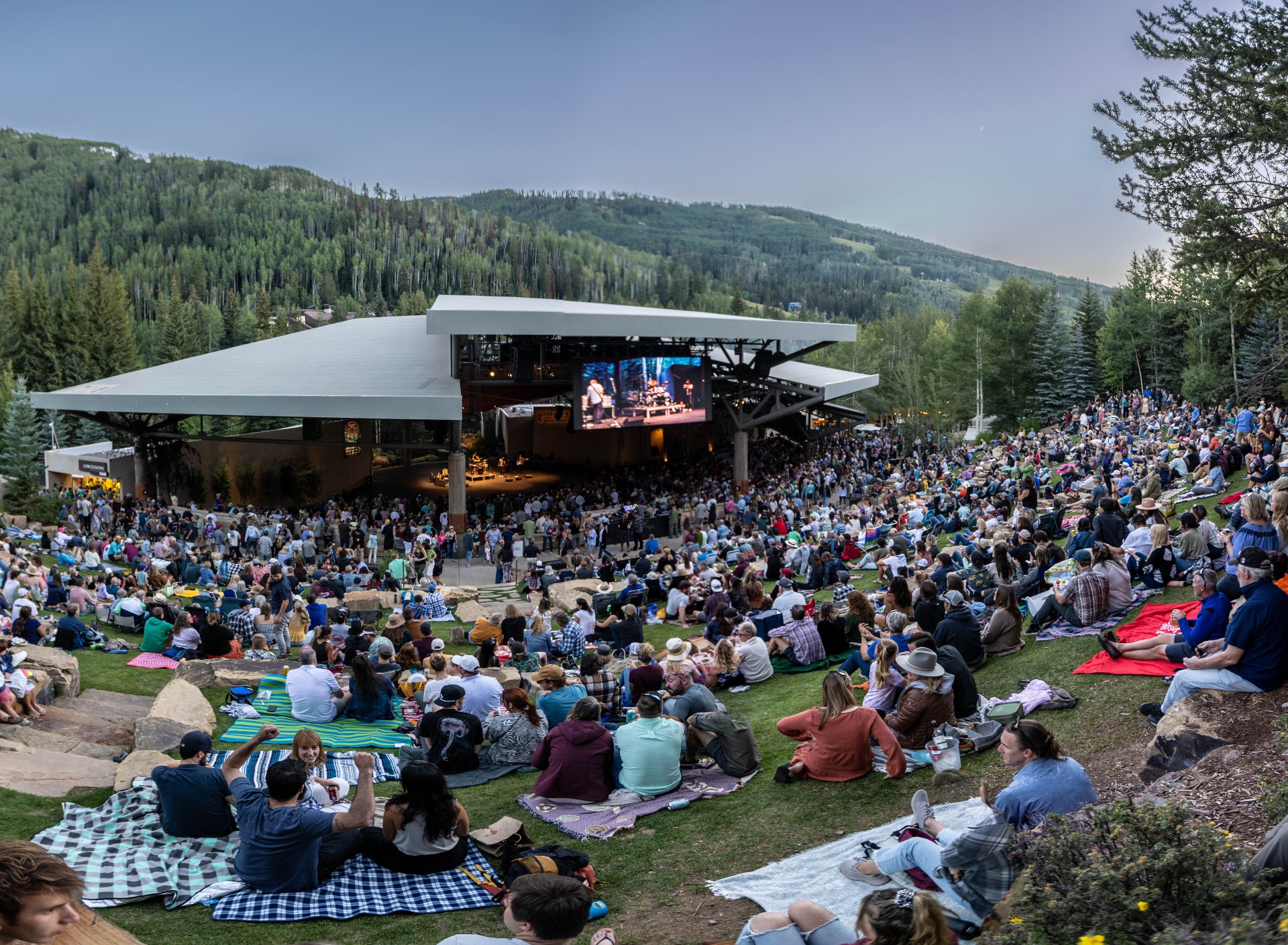James “Jim” Morter was an innovative architect who designed numerous high-profile projects in Colorado’s Vail Valley. He died Aug. 26 at age 78.
Morter moved to Vail in 1972 after graduating from Texas Tech University. He was based out of Vail until 2008, when he relocated his practice to Austin.
Morter described a tenet of his career in the Colorado Fellows Book, published by the American Institute of Architects (AIA) in 2008: “I’ve been going against the Bavarian grain of the Vail Valley for my entire practice, attempting to do meaningful, unthemed architecture and have enjoyed some success, meaning don’t EVER give up on your core values.”
Former colleagues describe his professional approach as both meticulous and creative—and a lot of fun.
“There was always a quirk to everything that Jim did. He would reflect deeply on everything,” says Kyle Webb, a Vail-based architect who worked with Morter from 1991 to 1999.
For instance, Morter designed a house in Beaver Creek, Colo., “that had this beautiful glass door,” remembers Webb. “He put a peephole on the glass door. Jim did little things like that. You’d walk around and catch little things he would do on every project.”
In a 2013 interview with AIA, Morter reflected on his first project in Colorado’s high country: a sewage treatment plant in Frisco. Built in 1975, the plant “looked like a shingled flying saucer landed next to Lake Dillon,” he said during the interview, chuckling. “We won a national design award [from the Red Cedar Shingle & Handsplit Shake Bureau] with this $88,000 sewage treatment plant.”
‘Ahead of His Time’
Morter’s career subsequently segued into more upscale work with his eponymous firm, including a number of high-end residential projects in the Vail Valley. Likely his best-known work, the Gerald R. Ford Amphitheater in Vail features outdoor seating on a grassy area partially covered by multiple intersecting roof planes. The 1987 amphitheater, which remains a local landmark in Vail, started a national trend.
“It’s one of the most unique outdoor theater structures,” says Webb. “I feel like it’s copied all over. People come to see it and it’s recreated in other places, like Santa Fe and all around the country. Jim was way ahead of his time with that structure and design.”
Mike Imhof, president of amphitheater operator the Vail Valley Foundation, echoes the sentiment. “Jim was extremely gifted, and a very kind and generous man,” he says. “His work has brought inspiration to all who have visited the Ford Amphitheater, and we are forever grateful for his ingenious and creative service to our community by creating one of the most iconic venues in America, right here in our mountain home.”
Webb says Morter fostered teamwork, noting that he served as inspiration for the culture of his current firm, KH Webb Architects PC. “He really let us work and play as hard as we wanted to. If we wanted to go skiing during the day or go golfing, we could do whatever we wanted to, and we’d make up our time,” he adds.
Architect Pavan Krueger, who worked for Morter Architects from 1997 to 2008, says the office offered a fun and collaborative atmosphere—and a menagerie: The team included Morter’s pot-bellied pig and a number of dogs. “There was a point where there was Lassie the pig and Blossom the basset hound,” says Krueger, now principal of Krueger Architecture in Avon, Colo. “We had a couple other people who would bring their white shepherds.”
Krueger says Morter’s work is “pretty timeless, and it’s always well thought out and detailed. You can tell he didn’t spare any thought on any part of the work. The address marker is always as well-designed as the house, and the mailbox is interesting.”
“Some architects do this splashy work, where everything is designed to the hilt, and it stands out because it’s their look," she adds. "Jim never really had a look. You can tell it’s a Jim project because it’s well-done.”


